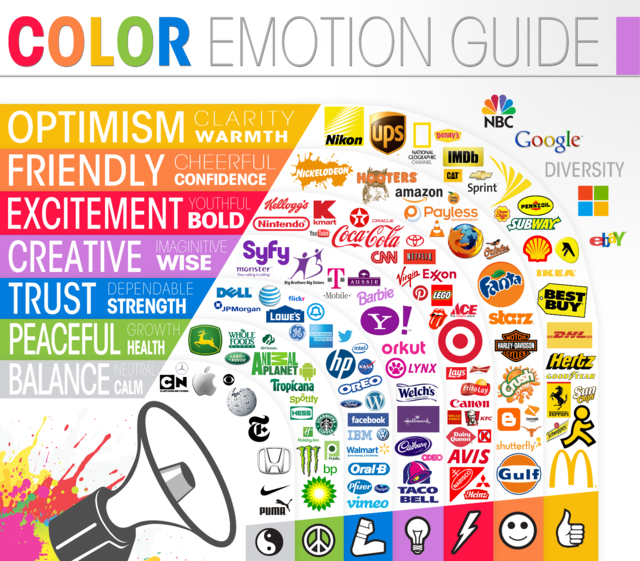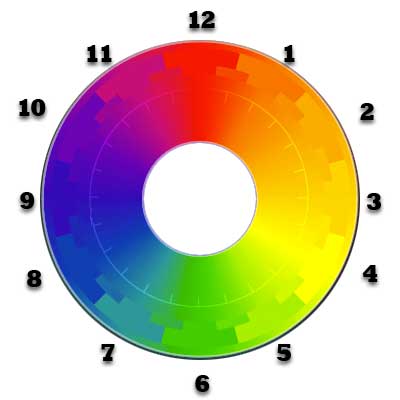Responses to Color
We all respond to the symbolic power of color, but we do so in several different ways. These can be distinguished as
- Individual associations
- Cultural associations
- Universal associations
Often, symbolic associations that we assume are universal are in fact just individual (only one person, me, responds this way) or cultural (only the people within my particular culture respond this way). Examples follow.
As designers, of course, we need to focus on the responses of our intended audience.
An Example of Individual Associations: Ewwwww
You might, for example, hate a particular shade of green because of an experience when you were young. You also might love orange because orange clothing complements your natural coloring. Designers must disregard these individual preferences and focus instead on the responses of their intended audience(s).

An Example of Cultural Associations: Chinese Brides
In China, brides traditionally wear red, since that is the color associated with joy. This is an example of a cultural association.

An Example of Cultural Associations: Chinese Funerals
Mourners and the deceased often wear white in traditional Chinese funerals, since white is the color of mourning. Again, this is a cultural association.

Two Examples of Cultural Associations, from Malcolm X (Spike Lee 1992)
An Example of Universal Associations: Color Temperatures


Very few color meanings seem to be shared by every culture in the world, but a handful are. These associations likely result from common phenomena that are shared everywhere: blood, fire, water, etc.
Color and the Web

However these associations get into their heads, you can be sure that your audience will have specific responses to different colors. Although it is focused on marketing, Widrich's article includes helpful ideas about the use of color in web sites aimed at U.S. audiences.
A Key Tool for Designers: The Color Wheel
Designers often use color wheels, but these vary depending on the kinds of imaging technology to be used. Some color wheels, for example, use a color model designed for reproductions printed with ink on paper. As digital designers, we need a different model. (More about this in the next assignment.) The color wheel on this slide is the one we will use in class and that you will see on quizzes.

A Reminder: The Color Wheel
The color wheel on this slide is the one we will use in class and that you will see on exams.

